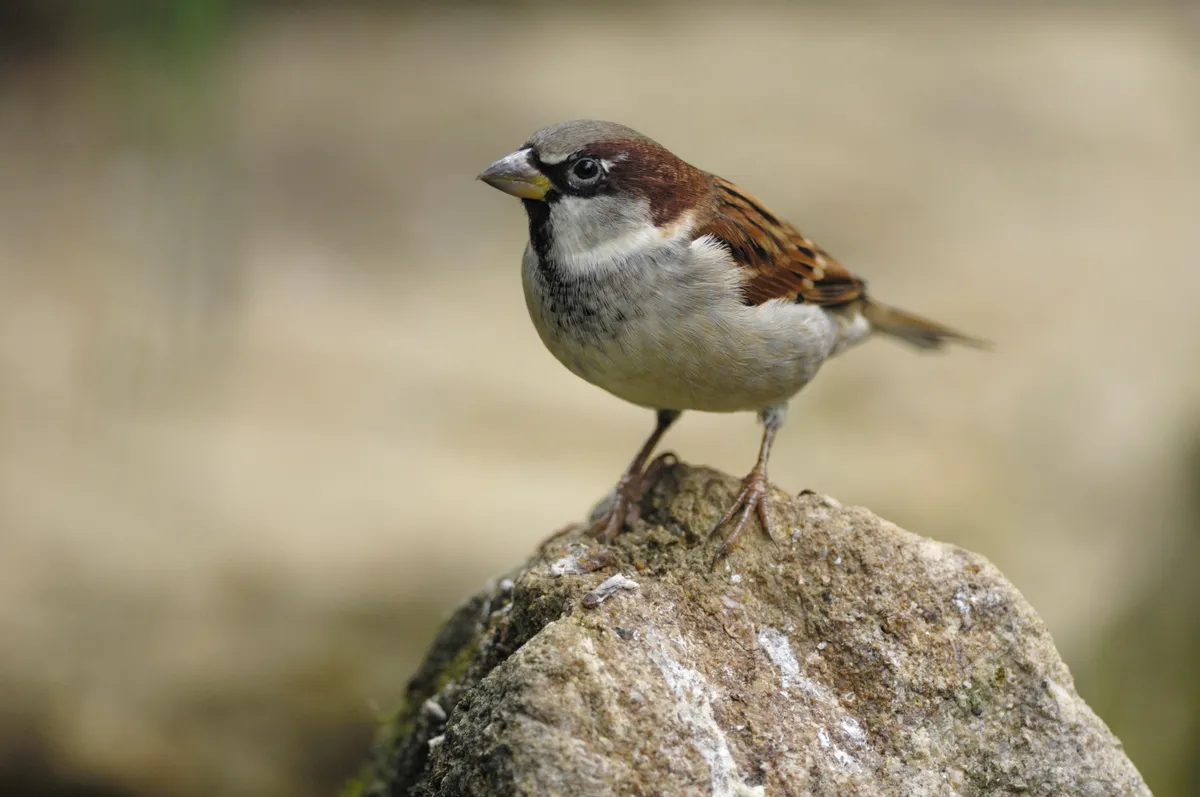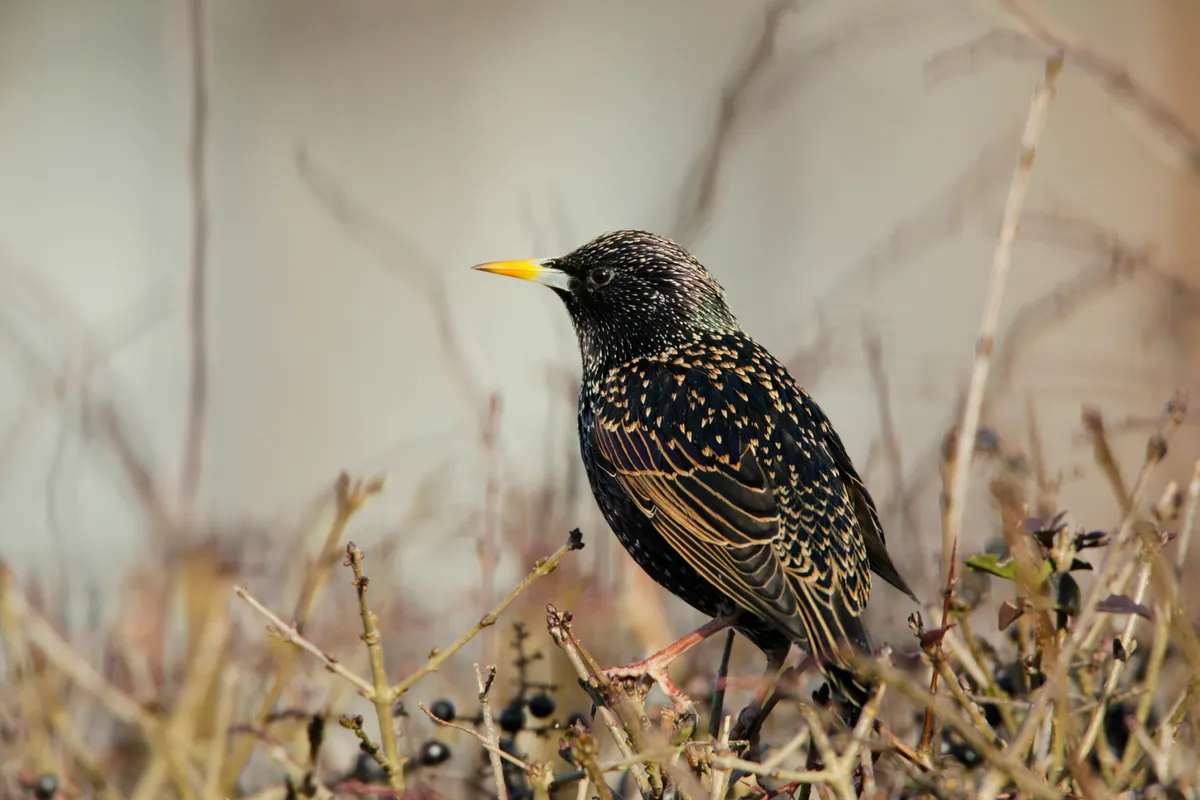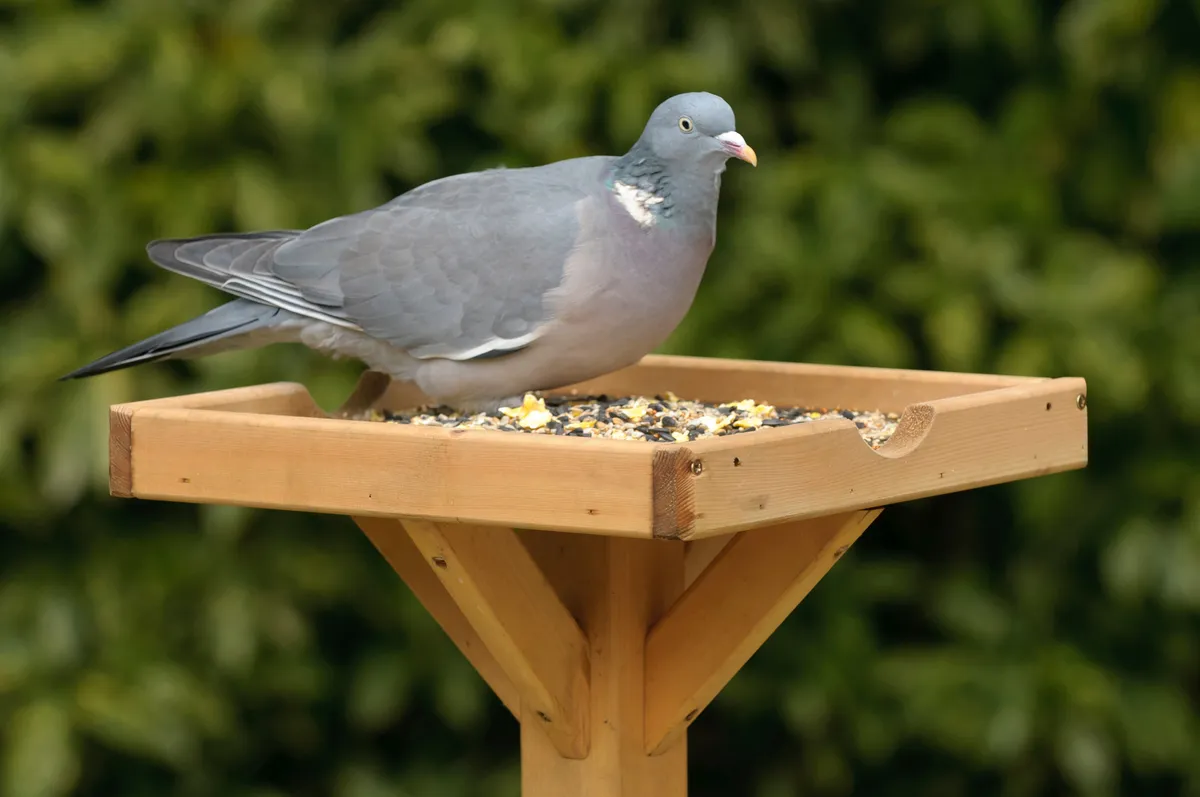More than 7.5 million birds were recorded in the annual RSPB Big Garden Birdwatch – however the results show a bleak picture for many of the UK’s smallest garden birds, with fewer sightings of 15 of the top 20 species in gardens across the country than in 2018.
The house sparrow held its top spot with almost 1.2 million sightings, but there was a decrease in garden sightings of wrens and long-tailed tits, two of the smallest species to visit our gardens.
Long-tailed tits decreased by more than 27% and wrens by 17% in 2019 after being counted in particularly large number in 2018.
According to scientists, populations of both species may have been affected by last year’s ‘Beast from the East’ as small birds are more susceptible to spells of cold weather, although as yet it is too early to confirm the cause.
Now in its 40th year, the Big Garden Birdwatch encourages people to count the number of birds that visit their garden, helping the RSPB gain insight into how Britain’s garden birds are faring.
Over its four decades, Big Garden Birdwatch has highlighted the winners and losers in the garden bird world. It was first to alert the RSPB to the decline in song thrush numbers. This species was a firm fixture in the top 10 in 1979, but in 2009, numbers were less than half those recorded in 1979.
How to attract birds to your garden
Providing natural food for garden birds, in addition to keeping bird feeders well topped up, can make a huge difference to birds’ survival in the winter weather ahead. Choose your shrubs well and you can also create shelter in bad weather, roosting sites for frosty nights, and nesting places for next spring.
Daniel Hayhow, RSPB Conservation Scientist, said: “Over its long lifetime, the survey has shown the increasing good fortunes of birds such as the goldfinch and wood pigeon and the alarming declines of the house sparrow and starling. But there appears to be good news for one of these birds.
“While the overall decline in house sparrow numbers, reported by participants, since the Big Garden Birdwatch began is 56% (1979–2019), in the most recent decade (2009-2019) numbers appear to have increased by 10%. Giving us hope that at least a partial recovery may be happening. This year’s survey also highlighted a rise in the number of sightings of redwings and fieldfares on last year’s figures.”
For a full round-up of all the RSPB Big Garden Birdwatch results and to see which birds were visiting gardens where you live, visit: www.rspb.org.uk/birdwatch
Top five birds in the Big Garden Birdwatch 2019
1
House sparrow

2
Starling

3
Bluetit

4
Blackbird

5
Wood pigeon


